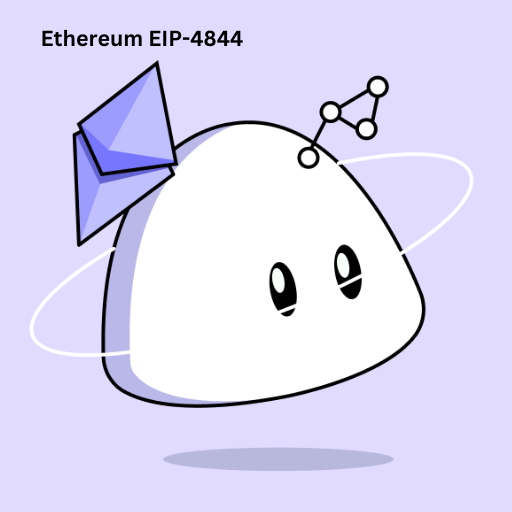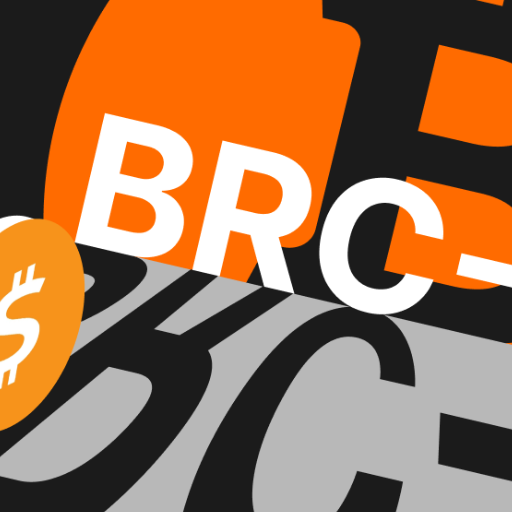EIP-4844 suggests a new way to handle transactions on Ethereum so that it can scale better. The issue of network congestion is resolved by introducing a novel type of transaction that is also space and resource optimized.
Understanding EIP-4844: An Introduction
The EIP-4844 stands for (Ethereum Improvement Proposal) and it is a method that is utilized by developers who wish to make modifications as regards the ethereum protocol. According to this particular suggestion there will be the introduction of a new kind of transaction which has the potential of revolutionizing how information gets stored, managed as well as dealt with on Ethereum platform.
Sharding: the basis of EIP-4844
Protodunk sharding, which is used interchangeably with EIP-4844, is an acronym that you might have heard about at some point. It stands for prototype immersion, and refers to a fully integrated implementation of sharding laying the basis for the next level of scalability, dunk sharding. This has been done by coding components of the entire sharding specification without doing the real data sharding.
By proceeding in such a way, you can achieve a smoother and less invasive shift which is less risky to Ethereum within a single upgrade, and can be affected across multiple network upgrades.
Roll-ups and EIP-4844: a symbiotic relationship
The main idea of EIP-4844 is to enable the future of Ethereum, which would be focused on roll-ups. Roll-ups are second layer solutions processing transactions outside the main Ethereum chain but still keeping it secure.
EIP-4844 aims at lowering the costs and improving the efficiency of roll-ups by introducing a novel transaction type applicable to them. They could thus decrease by ten times their operational expenses.
By doing this, it becomes easier for applications built on top of roll-ups to become much cheaper and consequently more people will start using the whole Ethereum ecosystem.
Influence on the economy of DApps
To give a sense of how EIP-4844 would affect things, suppose we performed a DEX exchange on any of the roll-ups. When this is done, the current price for executing this kind of deal such as maybe $1 may come down to approximately 10 cents after the implementation of EIP-4844.
EIP-4844 is an important step in the direction of scalability and efficiency on Ethereum’s network. The protocol plays an important role in roll-ups, which in essence make it possible to satisfy the demands of DApps at scale and maintain the top position in blockchain Development advancement for Ethereum.
Detailed Operation of EIP 4844
New structure for transactions
EIP 4844 introduces new transaction types to Ethereum. Essentially, small chunks of data are taken in by the beacon node, from where they are stored within a short lifespan. The move is upgrade safe which means it conforms to the broader spectrum of Ethereum scalability route as described in other upgrade proposals. This ensures that future upgrades will not break the system down. Transaction blocks are small enough to effectively manage disk usage throughout various network states and conditions, according to global states of transactions within Ethereum.
The same way these transactions will be presented in the final Dung sharding specification, through such blocks we can now clearly envisage the likely future changes.
Block Market and Block Structure
In order to make the block space on the Ethereum network more efficient and economical, a block market called blob gas is introduced for optimal and costless ition as ers of The new file requires storage.”
ing the blocks’ structure, or blocks, this is a collection of 4096 fields each containing 32 bytes and the number of which is limited by the max blobs per block parameter. There can be a minimum limit to start with, which then increases through several network updates.
Block Storage
Information about payment is stored in one specific point called block, at the consensus level, and not in the execution level which makes sense as future work on sharding can only be done by modifying just one point named beacon node, thereby letting execution level engage in multiple other initiatives.
Blooming rocks cease to exist within two weeks. They are around for a time that allows all components in a roll-up process to fetch them but can be used to maintain disk space too.
KZG Commitments as Cryptographic Backup
The KZG commitments, which constitute the cryptographic foundation of this protocol, play a significant role in the functioning of EIP 4844. Put more simply, KZGs make it possible for block transactions to be secure and efficient in order to allow for the inclusion of data.
A distributed, browser-based ceremony was conducted where a shared secret for such commitments (the KZGs) was generated, so that every participant on the Ethereum network would be able to validate the right and secure formation.
New pre-build: Point Evaluation
Under EIP 4844 a fresh compilation level implementation termed the point evaluation is presented. This test assert that a block evaluating a value at a point is represented by a commitment called the KZG. This is very important in preserving the precision and correctness of the block transaction under EIP 4844.
In conclusion EIP 84 has an array of intricate effective ways which are bound to change the manner in which ethereum network’s transactions are processed hence enhancing its effectiveness as well as furthering its scalability clearly.
Application of EIP-4844 to Roll-Ups
The Intersection between Roll-Ups and EIP-4844
Let us delve into how EIP-4844 interacts with roll-ups, their relationship and the benefits they offer each other. Roll-ups are basically a layer 2 solution where transactions are conducted off the main ethereum chain hence they help unload the main network.
With the execution of the programming language, a new form of transactions are presented that enables the use of data blocks in order to save money rather than the costly call data such as layer 1 transaction blockers while maintaining the same level of performance among other things as far as your block data is kept in place.
The Role of Blobs
The EIP-4844 system proposed is “focused on the use of blobs, which are ephemeral units of storage retained for only as long as it takes for honest users to construct a roll-up space.”
Blobs are stored on the beacon node in the consensus layer, not on the execution layer. This efficient method makes blobs less expensive than call data that remains in history.
Interaction between Roll-Ups and Blobs under EIP-4844
Different roll-ups on the Ethereum network can uniquely interact with blobs on EIP-4844. For example, optimistic roll-ups like Optimism or Arbitrum only need to provide critical data while the fraud challenge window is open.
After resolving the fraud challenge, this data will not be needed, hence it can be deleted securely from all systems. This transient data usage enables optimization of space and resources which translate into lower costs and processing efficiency.
EIP-4844: A Bridge to a Better Future
In the end, the cost of transactions will reduce, applications on the blockchain will become cheaper to use and hence the network will have more users from around the world hence more people using roll-ups on Ethereum through EIP-484.
Most significantly, the EIP-4844 underpins a future of even higher promise by making it possible to implement ambitious and large-scale improvement proposals capable of making Ethereum network evolve in response to the dynamic requirements of its increasing usership.
Conclusively, the utilization of EIP-4844 in roll-ups has been a significant stride in Ethereum’s history, introducing a potential for scalability that was unprecedented.





